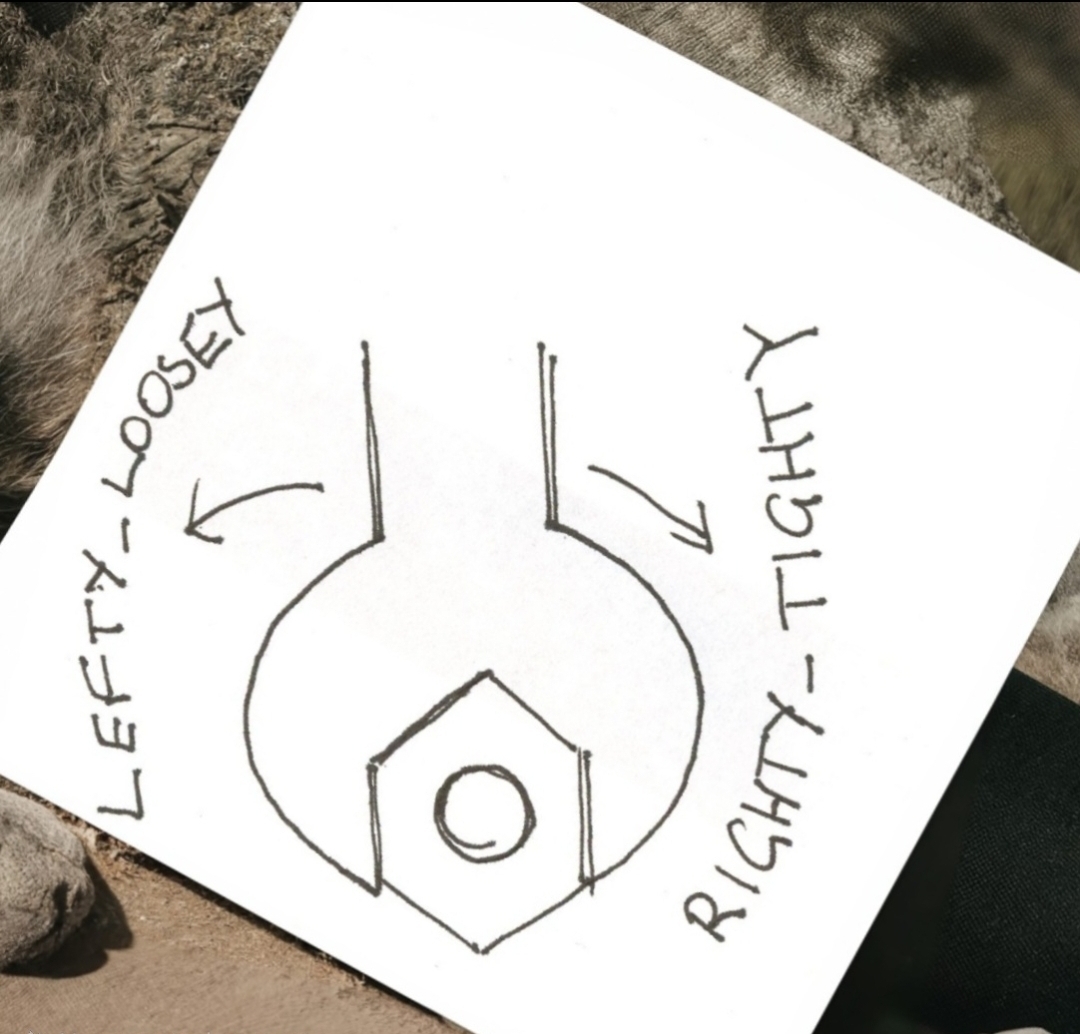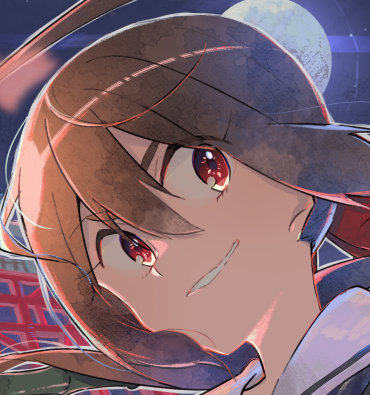The world has a lot of different standards for a lot of things, but I have never heard of a place with the default screw thread direction being opposite.
So does each language have a fun mnemonic?
Photo credit: https://3.bp.blogspot.com/-Giy8OrYJTjw/Tfm9Ne5o5hI/AAAAAAAAAB4/c7uBLwjkl9c/s1600/scan0002.jpg
I never really got that one, because “left” vs “right” only works when you are looking at the top of the screw. At the bottom, left tightens, and right loosens. So the one I remember is “clockwise to close”.
Edit: the image on the post is actually a good example. If I’m off the screen to the right holding the spanner, then from my perspective, “left” would tighten.
It works for screws, but as a kid, I was never sure if the clock on the wall should be visualized attached to the ceiling or on the floor when saying “clockwise”. So I was always a bit hessitant on that.
I’m Norwegian. I never learned a rule in my language and always just went by instinct. Until ~3rd year of university in physics where someone told me tha the right-hand-rule applies to screws. Now I use that everywhere for screws in strange positions.
Can you elaborate? I googled the right hand rule, but I’m not seeing how it applies to screws.
Grab around a screw with your right hand and extend your thumb (like a thumbs up). Then rotating the screw in the direction which your fingers are pointing will result in the screw moving in the direction your thumb is pointing.
Thumbs up for lifting the screw upwards, thumbs down for screwing the screw downwards. And you can move your hand around to figure out screwing directions for any tricky spots.
You know this has always confused the fuck out of me. You are going around a circle, how is there left and right? There is up-and-left, down-and-left, either way is left. If I am starting on the right of the circle (assuming I’m looking at it) which way is right? Up or down?
Imagine it like a car steering wheel.
You’d say turning the wheel to the right turns the car right.

Think of it like this. Like your hand is holding on the top of the steering wheel.
ok but what is behind this picture? I see fur and old matted flesh? a paw with no nails or an old dogs snout?!?!
This phrase has never made any sense to me. It’s a circle. If one side is moving right, then the opposite side is moving left. So the phrase only makes sense if you specify which side we are talking about, which nobody ever does. Therefore it’s completely illogical to me while everyone else just gets it. Side note: Autism can be a real bitch sometimes.
Edit:
- Some people don’t understand how I can see a problem. That’s cool, but don’t be a dick. We all look at the world through different lenses.
- This is when I was a kid “helping” my grandfather in the garage. I’m older now and understand that “righty tighty” references the top of the rotation.
- Some people rotate their perspective 90° and imagine themselves standing on the screw. Therefore when your face rotates to the right the screw is tightened. I hadn’t ever thought of that. But I had imagined rotating my perspective 90° the other direction –the top of my head as a screwdriver. In that case, “lefty tighty”
The German version as actually survived its original time frame: “So lang das Deutsche Reich besteht, wird Schraube fest nach rechts gedreht” - “As long as the German Reich exists, a screw is tightened by turning right”
I’m German, and I’ve never heard that before. I’d be seriously weirded out by someone saying that or teaching it to their kids
The Right Hand Rule (RHR). Point the thumb of your right hand in the direction you want something to go. Curl your fingers. That is the direction of rotation. Translate to any language which has hands.
I guess I’m an idiot because I don’t understand lmao
Your thumb is an arrow pointing at where you want the screw to go. After you curl your fingers, your fingers are arrows showing the direction to turn the screw


